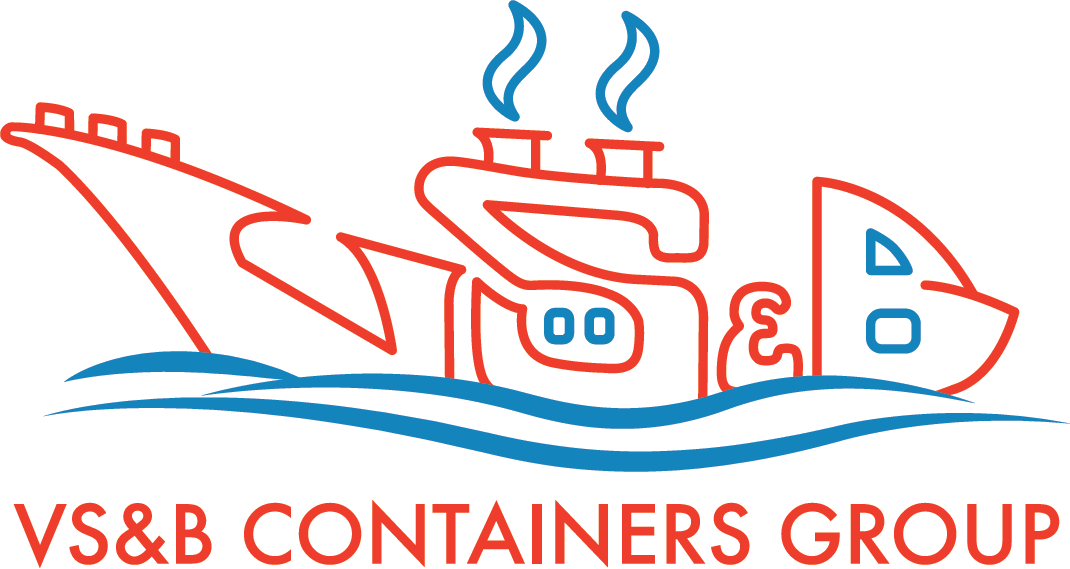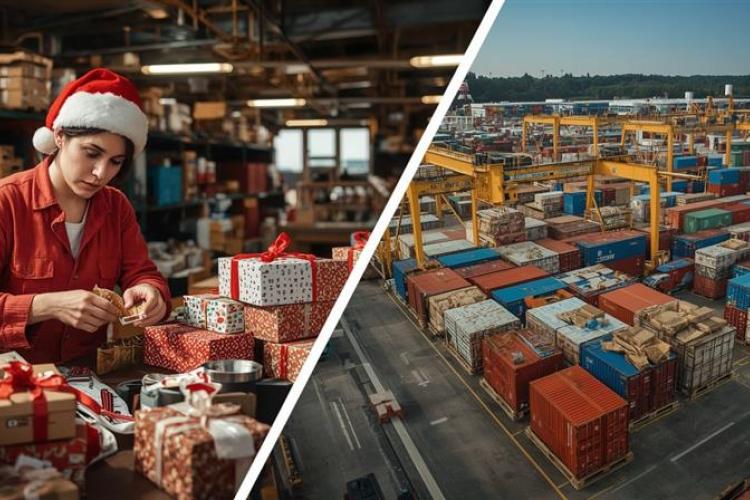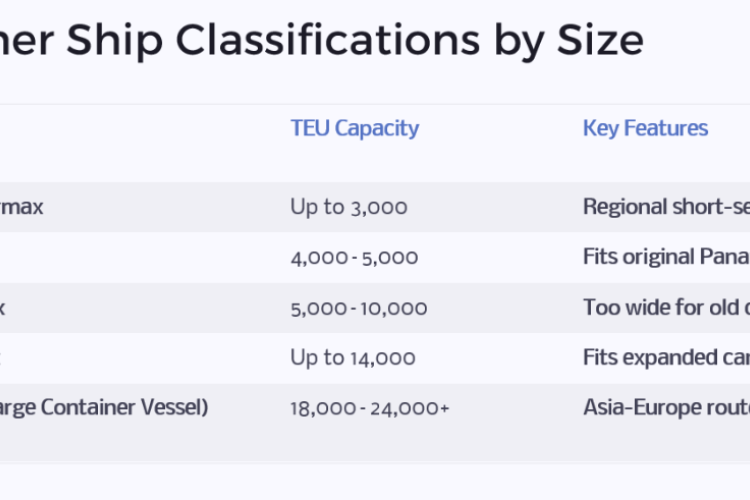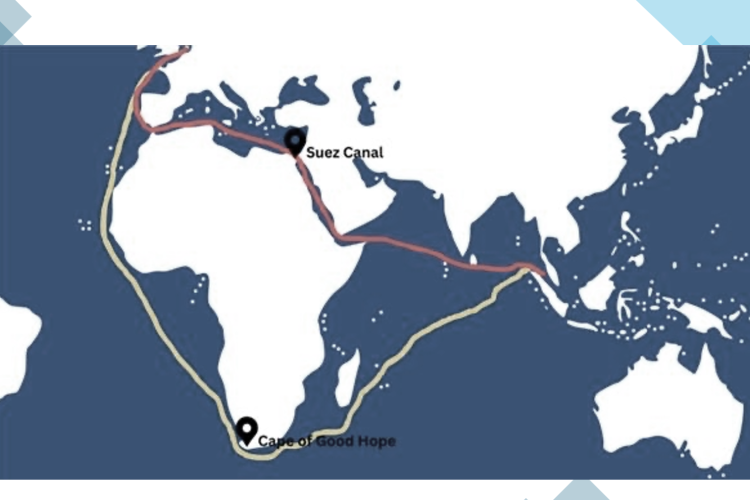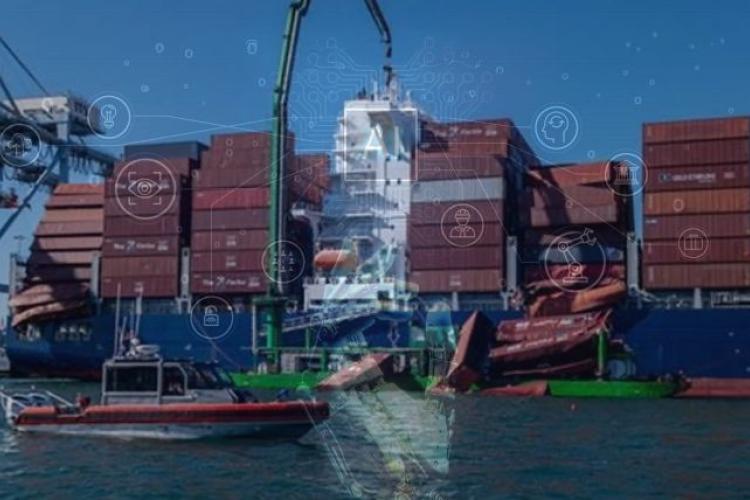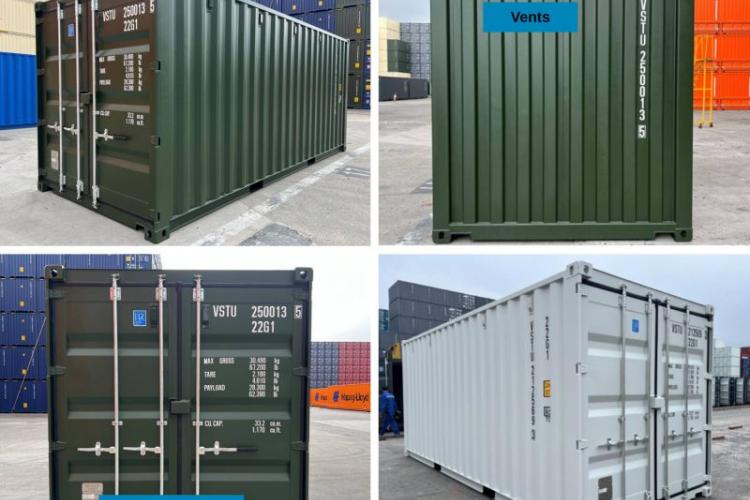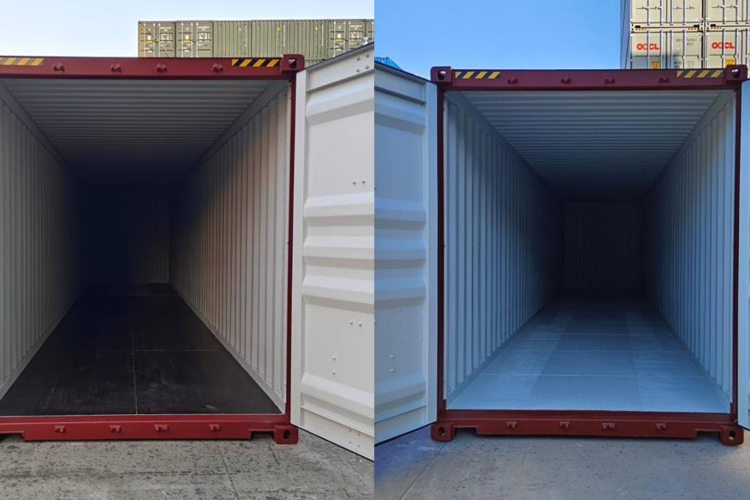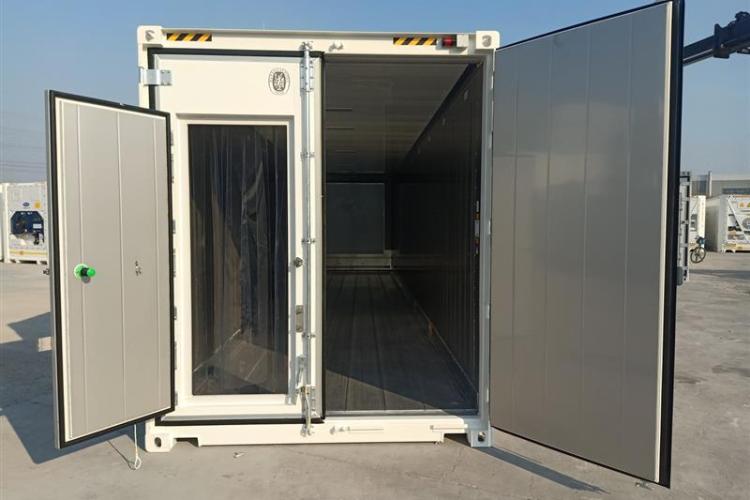Festive celebrations around the world have always revolved around joy, tradition, and the exchange of gifts. But behind today’s global holiday shopping season lies a vast and sophisticated logistics network. What began centuries ago as locally handcrafted goods sold in village markets has evolved into a highly coordinated system powered by container shipping solutions, digital platforms, and multimodal supply chains. Today, the festive season is driven not just by creativity and culture - but by complex global freight logistics that keep products moving smoothly across continents.
4 December 2025
The global container shipping industry operates in an environment that is constantly shaped by nature. Storms, monsoons, cyclones, fog and extreme winter conditions can strike without warning, disrupting supply chains across continents. For companies engaged in shipping container leasing, multimodal logistics, intermodal transport, NVOCC operations and international freight movement, adverse weather is far more than a seasonal challenge - it is a strategic risk that directly influences operational reliability, container availability and customer commitments. As climate events grow increasingly unpredictable, ensuring cargo safety and maintaining smooth container supply chain operations have become critical priorities.
17 November 2025
In container shipping, size matters! Not just for scale, but for which ports a ship can serve, which trade lanes it can ply, how much cargo it can carry, and what cost efficiencies it can achieve. As vessels grew over the decades, the shipping industry adopted size categories (measured in TEU and physical dimensions) to classify container ships. Understanding categories like feeder, Panamax, Neo-Panamax, and ULCV helps shippers and ports align expectations, infrastructure, and strategy.
5 November 2025
In the vast world of maritime logistics, not all vessels are built the same. From carrying liquid fuels to heavy machinery, each vessel type is designed to serve a specific purpose and cargo category. Understanding these vessel types helps shippers, freight forwarders, and logistics providers choose the most efficient and cost-effective way to move goods across the world.
Let’s explore the main types of cargo vessels and the kinds of cargo they typically carry.
21 October 2025
The Suez Canal has long been one of the most critical arteries for global trade, carrying close to 12% of international goods annually. Yet in recent months, many container shipping lines have chosen to reroute their vessels around the Cape of Good Hope. While this path is longer and more expensive, the shift reflects a strategic choice that prioritizes safety, reliability, and business continuity.
7 October 2025
When a single container topples, the risk is rarely limited to that unit. On large vessels carrying thousands of TEUs, one collapse can trigger a domino failure, where multiple stacks fall in sequence, leading to massive cargo loss, vessel instability, and safety threats to crew. Incidents like this highlight the urgent need for AI-based stack monitoring, dynamic lashing sensors, and predictive safety systems.
10 September 2025
Shipping containers may look simple from the outside, but their design includes small details that make a big difference in cargo safety and functionality. Among these are the vents on the container walls and the number of locking rods on the container doors. Ever wondered why some containers have 3 locking rods while others have 4? Or what those small vents on the sides actually do? Let’s break it down.
4 September 2025
The flooring of a shipping container plays a much bigger role than most people realize. It affects durability, cargo safety, maintenance, and even cost. Two of the most common flooring materials are steel and bamboo plywood. But what’s the difference, and which one is right for your needs?
18 August 2025
Reefer containers are essential in preserving the quality of temperature-sensitive cargo - from fresh produce and dairy to pharmaceuticals and seafood. However, even the most advanced reefer containers for lease or sale can underperform if not handled correctly. Whether used for transportation or static cold storage, a few common mistakes can compromise cargo quality, increase energy costs, or even lead to product loss. Here are the most frequent errors to watch out for - and how to avoid them.
4 August 2025
Reefer containers are essential to cold chain logistics, ensuring temperature-sensitive cargo like seafood, pharmaceuticals, and frozen foods stay preserved from origin to destination. One key feature that boosts their efficiency for cold storage is the butcher’s door - a smaller entry that helps retain temperature and atmosphere while allowing easy access. This blog explores how such features enhance refrigerated cargo management and cold chain reliability.
